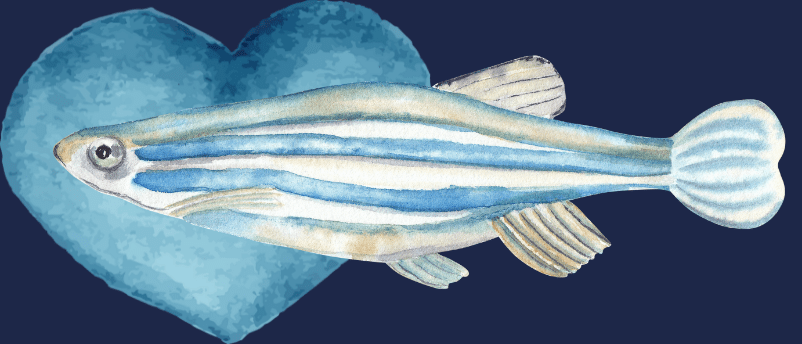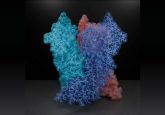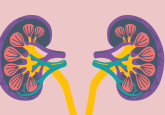Clogging up collagens to counter fibrosis

Researchers have used AI to design a breakthrough therapeutic candidate for the treatment of fibrosis and scarring that targets the previously ‘undruggable’ endoplasmic reticulum.
A recent collaboration between researchers at the University of Cologne (Germany) and the Center for Genomic Regulation (Barcelona, Spain) has utilized AlphaFold2 and a series of cell culture and animal models to establish a new therapeutic modality for scarring and fibrosis. This could lead to a more effective treatment option for conditions with a scarcity of meaningful interventions.
A large part of the scarring process results from the action of collagen proteins in the interstitial space, released from cells in response to damage. In excess, these proteins can lead to the accumulation of fibrotic tissue, which can compromise tissue function. 45% of deaths in the industrialized world result from a variant of this condition, characterized as fibrosis.
Available interventions for scarring and fibrosis are limited to surgery and some topical treatments, which are often incapable of penetrating deep enough into the skin to be impactful. Commenting on the therapeutic landscape, corresponding author Vivek Malhotra stated that, “existing treatment options are usually ineffective because they try and fail to mop the excessive collagen up. In this work, we tried a completely different idea: to block the floodgates at the cellular level.”
Taking this approach, the team identified two proteins on the endoplasmic reticulum – responsible for processing roughly 30% of a cell’s proteins – that are essential to the export of collagen from the cell: TANGO1 and cTAGE5. Previously, the idea of targeting the endoplasmic reticulum was considered too costly to the cell; this is because it is responsible for the production of such a vast portion of cellular materials, so disrupting its surface proteins is likely to trigger cell death.

The tale of the zebrafish and the regenerative heart
A recent study has compared zebrafish and medaka to figure out why zebrafish can regenerate heart tissue while medaka cannot, potentially advancing human cardiac arrest treatments.
However, recent studies have indicated a degree of specificity in the proteins responsible for the secretion of materials. It is understood that the interaction between TANGO1 and cTAGE5 is a vital step in secretion; however, neither protein’s structure has been fully characterized. To address this, the team deployed AphaFold2 to predict the structure of the two proteins and their interface, before designing peptides that could penetrate the cell and inhibit their dimerization.
The team then tested this peptide in zebrafish embryos to observe its impact on their development. TANGO1/cTAGE5 zebrafish knockouts often display a shorter body axis amongst other characteristics, which was seen in embryos treated with the designed cell-penetrating peptides (CPPs).
Next, the peptides were tested in two cell lines, U2OS cells and RDEB/FB/C7 fibroblasts, which were imaged with immunofluorescence microscopy to observe levels of collagen proteins in the cells. In both cell lines, there was a significant buildup of collagen proteins in the ER, indicating that the protein was being produced but not released, due to inhibition of TANGO1–cTAGE5 dimerization. Removal of the CCPs also led to the reversal of the effect, enabling normal release of proteins from the ER.
Commenting on the success of this study, Malhotra stated that his team believes, “this represents a new strategy to control the effects of collagen hypersecretion. This could range from alleviating the cosmetic effects of skin scarring to the treatment of autoimmune diseases like scleroderma, as well as to manipulate post-surgery related events associated with wound healing to prevent fibrosis.”
Next, the team hopes to test the CCPs in pig skin, which more closely resembles human skin, and to refine and improve the design of the CCPs to increase their impact.





